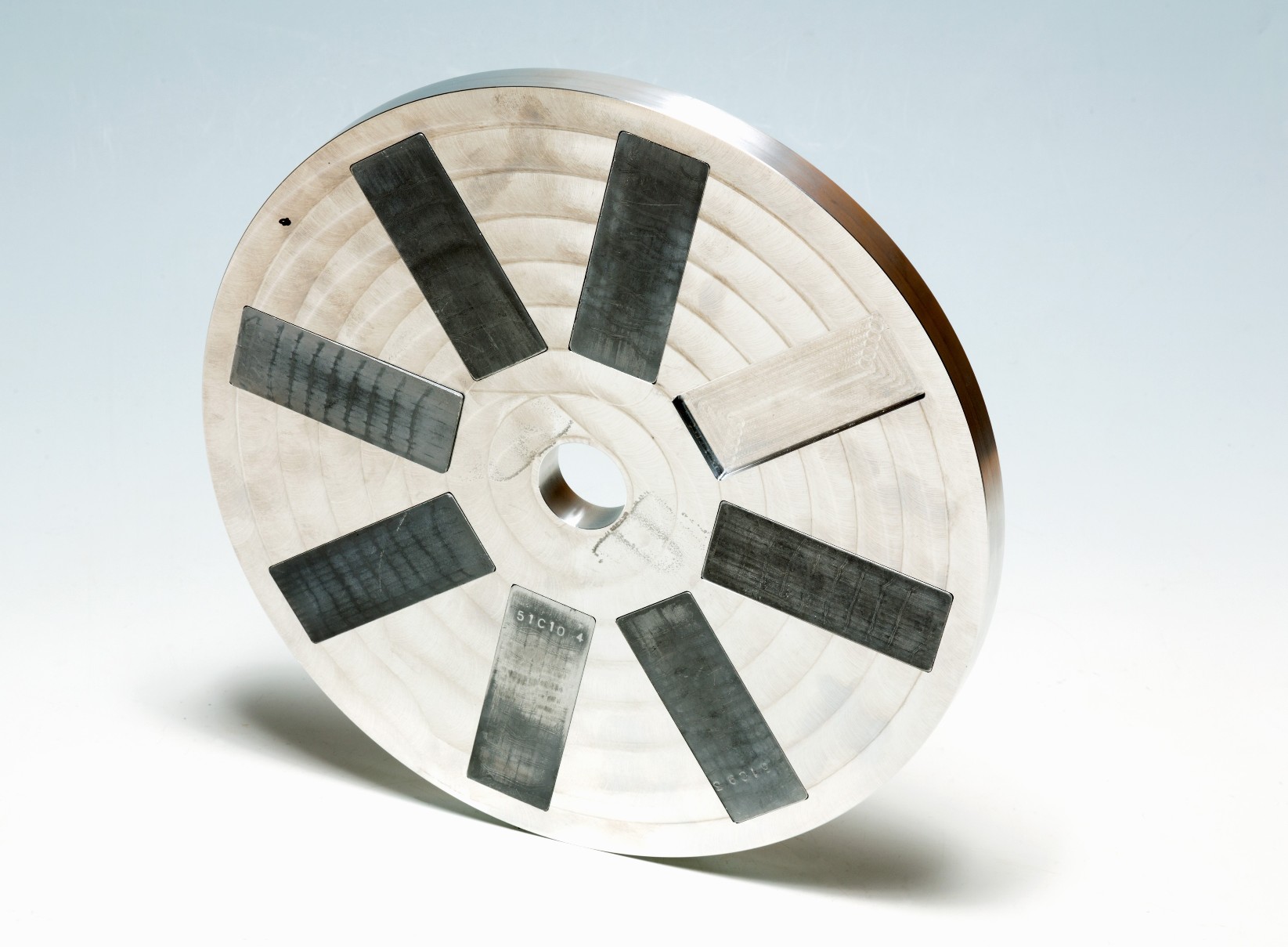Lightweight materials innovation cuts rotor losses by 60 per cent
Advanced materials company Alvant is harnessing the potential of AMCs (aluminium matrix composites) to radically improve power density and efficiency in IPM (Interior Permanent Magnet) electric motors through an innovative rotor sleeve design, helping manufacturers to reduce costs.
With the demands of achieving NetZero targets weighing heavy, vehicle engineers and manufacturers are seeking more sustainable products without comprising on performance. An electric motor is one component where increasing losses and increased temperatures can occur, reducing the overall efficiency and limiting the power of the electric machine. This happens due to its reliance on a mechanical magnet retention via a mechanical sleeve that opposes the centrifugal forces created at high-speed and extremes of temperature (high and low), leading to unwanted eddy currents.
In addition, manufacturing and assembly costs can be high with the use of carbon fibre composites, adhesives and heat-shrink metallic sleeves. Typical rotor sleeve materials include stainless steel, titanium, Inconel and carbon fibre composite, all of which can add to the detrimental impact on the effectiveness of the machine.
Alvant believes it has found the key to improved power density and reduced cost for IPM electric motors, via a high–efficiency rotor which uses up to 25 per cent less magnet material. Driving this is Alvant’s development of core technology AlXal, a lightweight high-strength aluminium composite, part of the AMC family, a group of materials made from a combination of aluminium alloy mixed with particles or long or short fibres. As the metal equivalent of Carbon Fibre Reinforced Plastic (CFRP), AMCs significantly reduce component mass, improve performance and increase efficiency of dynamic applications. Use of AlXal in the rotor assembly enables it to retain surface-mounted magnets which minimises the magnetic bridge element of an interior magnet motor.
This is delivering numerous benefits to place design engineers and manufacturers at a competitive advantage through reduced manufacturing and operating costs, as well as enabing numerous gains and savings in key areas versus typical metallic and carbon composite solutions. Alvant’s commercial director Richard Thompson explains: “We are seeing a 20 per cent increase in peak power and 60 per cent reduction in simulated rotor losses, as well as improved WLTP – Class 3 drive cycle efficiency for a typical Electric Vehicle electric motor.”
“We are using a lightweight material that has exceptional mechanical properties, and has preferential electrical and thermal conductivity for electric motors and generators. It offers high strength and stiffness up to 350°C, a lower magnet operating temperature compared to carbon composite sleeves and enhanced fatigue performance. More than 50 per cent lighter than steel and up to 40 per cent lighter than titanium, the technology also makes an exceptional proposition for aerospace engineers and manufacturers who are tasked with finding alternative weight-saving and energy-efficient materials.”
Industry collaboration
In recent years, an OEM automotive vehicle manufacturer, OEM aerospace company and an electric motor and controller producer have engaged in collaborative Innovate UK projects along with Alvant, illustrating the multiple industry’s readiness to adopt AMCs.
One such project was a three-year, £1.2m R&D programme Alvant led with a grant of £412,000 awarded under the ‘Make it lighter, with less’ competition run by Innovate UK. Collaborating with industry giant GE Aviation, electric motor and controller producer YASA Motors, and the National Composites Centre, this project created new computer aided engineering (CAE) software modelling packages for the design and analysis of AMCs to reduce product development lead times.
The project achieved a 40 per cent rotor weight saving on an axial flux electric motor while increasing the rotor’s power-to-inertia ratio potential. In addition, the number of assembly line parts was reduced to shorten the assembly time.

